
A Plush Addict Guide To: Quilt Wadding (Batting)
This Guide Has Moved & Been Improved.
See the Updated Guide Here
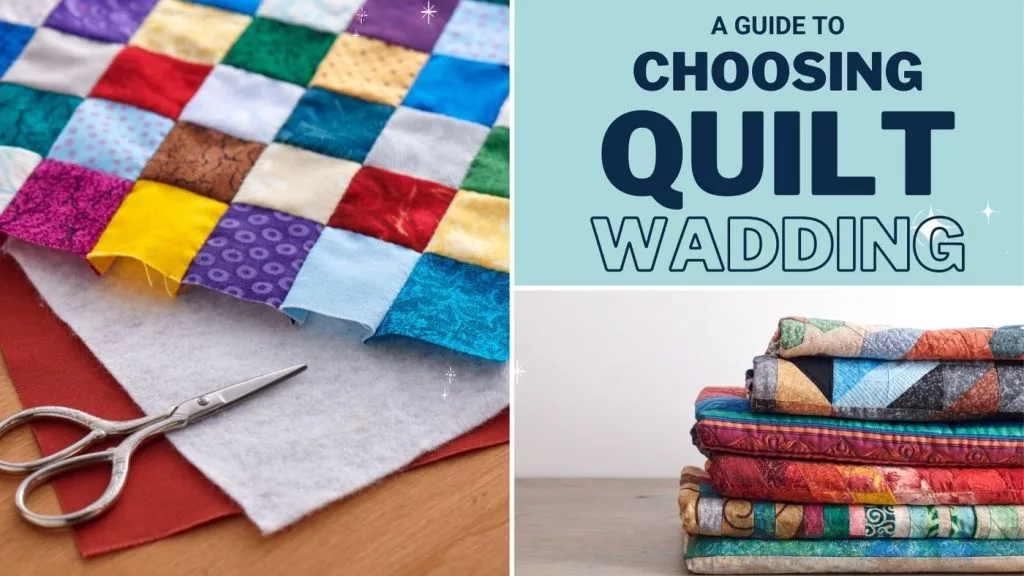
Whether you’re new to quilting or a dab hand in that area, choosing which wadding you’ll need for your quilt can be a tricky business.
Not only are there loads to choose from, but there are so many words and phrases associated with wadding that just go straight over your head, am I correct?
Well we’re here to help answer all the questions you’ve never had answered, teach you the basic lingo and hopefully put your mind at ease for the next time you need to purchase wadding or attach wadding to your quilt project.
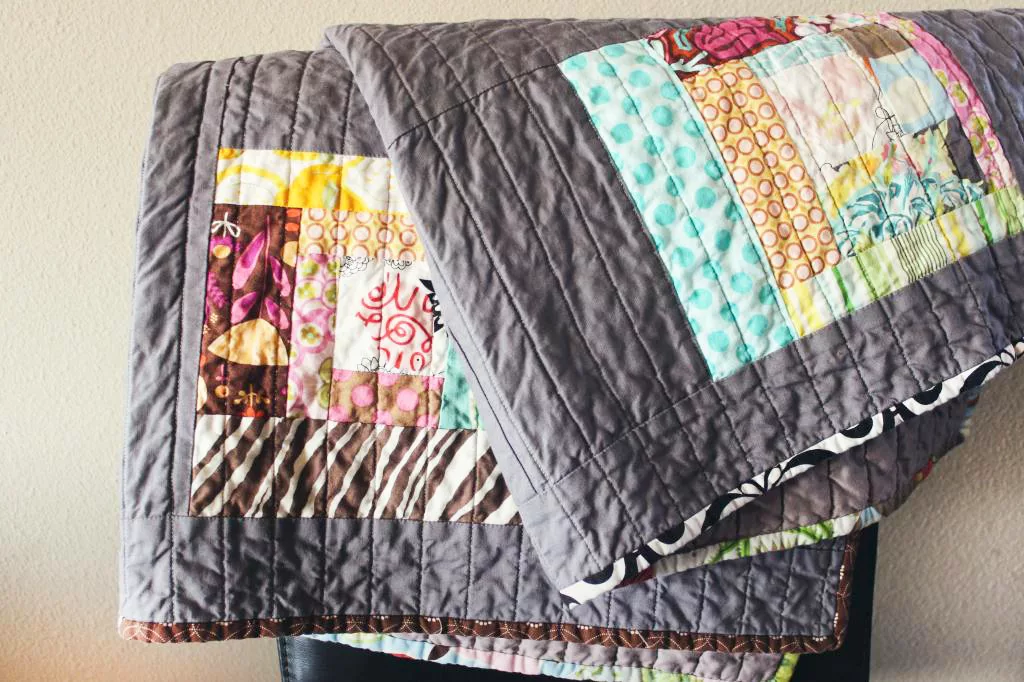
Wadding, or ‘batting’ as it is known in the US, is the layer of material in between your quilt top and backing fabric, and the type of wadding you choose will determine the way your sewed quilt will look and feel.
The first thing you need to consider is how thick you want your finished quilt to look. This is where the ‘high loft’ and ‘low loft’ come into play.
Loft
A high loft means the wadding is thick with more apparent quilting lines and will ‘puff out’ more, whereas a low loft is thin and better for a flatter finish and for showing off your piecing rather than the actual quilt lines.
Most quilters prefer to use a low loft as it’s easier to machine or hand quilt and a high loft can be difficult in this area due to too much bulk.
The good news is that low loft waddings are just as warm and cosy!
Composition
The composition is the next factor you need to bear in mind when choosing your wadding.
There are various benefits for all types of wadding, whether it be their great quality, durability or economical value.
Take a look at a few examples of wadding compositions along with their pros and cons and how you can better understand them.
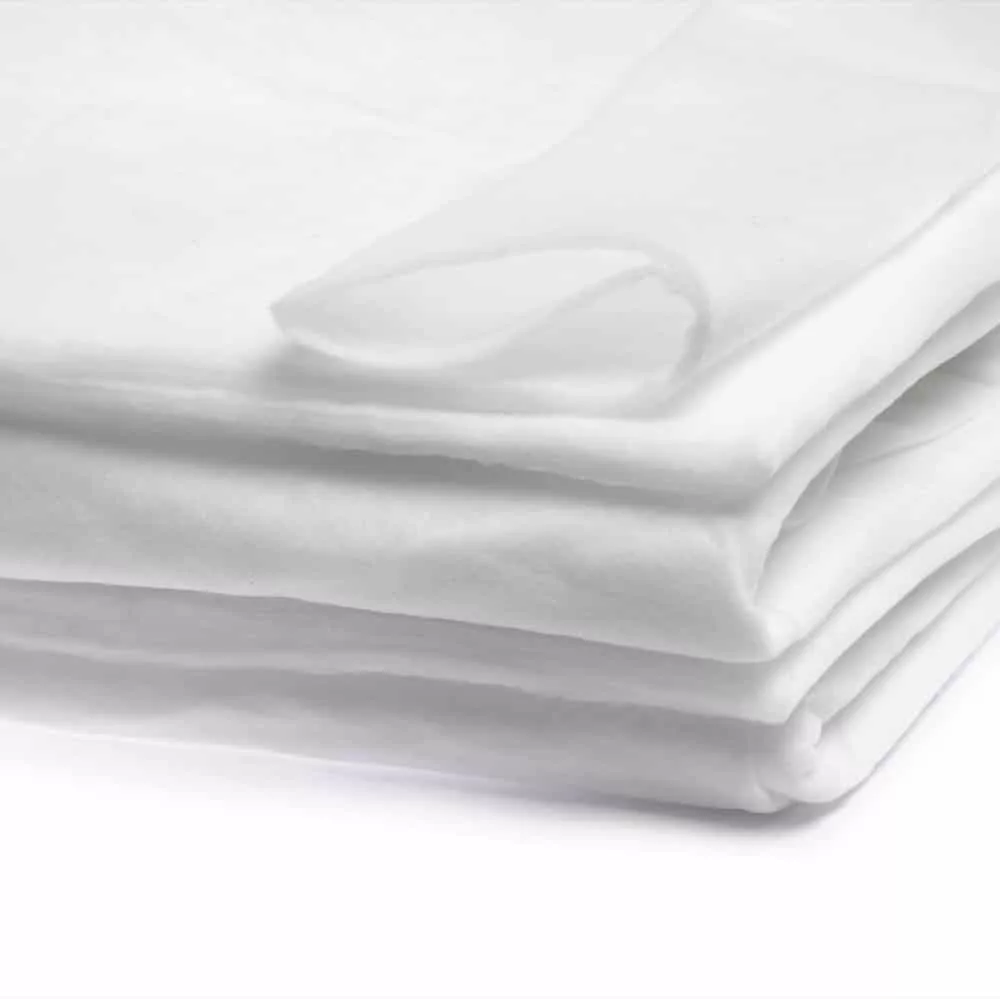
Cotton
Cotton is a soft, breathable, natural fibre and a popular choice for many quilters. Cotton wadding tends to shrink if not pre-shrunk, creating a classic, wrinkly ‘lived in’ look, and whilst it’s usually a low loft, this can vary, so there are more options when choosing a wadding suitable for your project.
Some cotton waddings are needle-punched, giving them extra stability, making them a good choice for wall hangings or items that will be heavily machine stitched. For those who prefer hand quilting, you’d be better off looking for a cotton wadding without needlepunching or scrim. It is one of the more expensive waddings available, but with the price does come quality.
Polyester
Polyester is a popular choice which of wadding which has been used by quilters for years as it comes in a variety of lofts, is very durable and is less costly than all other commercial waddings.
It is light, doesn’t shrink and maintains its shape, but it isn’t as breathable and doesn’t drape (how it feels after being quilted) as well as cotton or bamboo waddings.
As it is one of the cheaper waddings available, it can have a tendency to beard after a while, which is more evident if your fabrics are dark coloured.
Bamboo
Bamboo is an increasingly popular choice because it’s a more sustainable plant than cotton.
This wadding benefits from being environmentally friendly and its naturally low lofts gives it a good drape. Plus, it’s soft, cosy and great quality!
It’s suitable for both machine and hand quilting.
You can find out more about bamboo by taking a peek here at our Absorbent Fabrics Guide.
Blends (poly-cotton/bamboo-cotton)
These combine the ‘best of both worlds’, and are designed to make quilts loftier and lighter while still providing the benefits of natural fibres.
Blends are easy to work with, a good choice for quilters who are unsure which wadding would be best for their quilt and also benefit from being cheaper than pure bamboo or cotton.
Colour
It might not seem like a big thing to bear in mind when choosing your wadding, but the colour you pick can affect your finished quilt.
Waddings generally come in three colours: white, natural and black.
Whilst white is the most commercially available and arguably the most popular, black wadding is a much better choice for quilting projects using darker fabrics as it won’t show through.
So before you buy, make sure you think about which fabrics you’ll be using for your quilt and which colour wadding would be most beneficial to you.
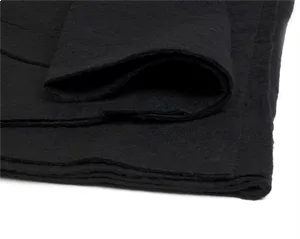
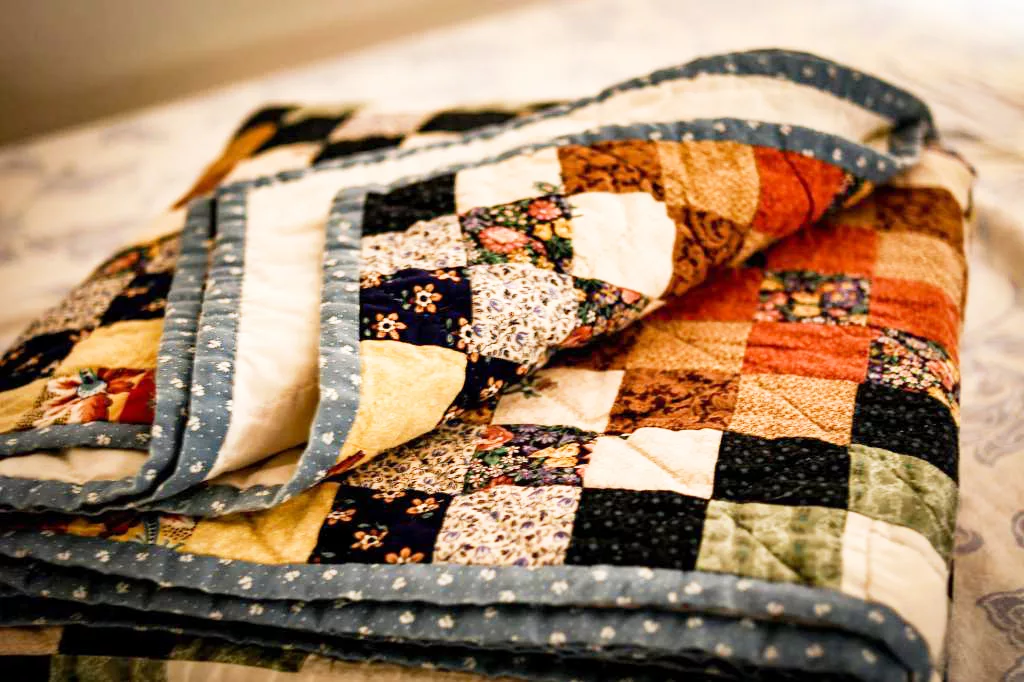
Should I pre-wash wadding?
We are constantly being asked whether you should wash your wadding and whilst many wadding brands will state that pre-washing is recommended – we don’t think it’s necessary.
Pre-washing your wadding DOES help to reduce shrinkage as well as take out any oils & resins, but as most wadding has already been washed during the manufacturing process we don’t see this as an issue.
But what about shrinkage?
There might be a small amount of shrinkage, but usually it’s not very much at at all – maybe 3%? And personally, we LOVE the slightly wrinkled effect on a washed quilt – it feels kinda vintage!
However, if you don’t like this look and want to pre-wash then it’s best to do it in the bath! Just pop your wadding in a bathtub full of hot water and leave it for a bit. Be warned – your wadding will be pretty darn sopping when you get it out, so it’ll be very heavy. Watch your back !
As you lift it, you’re probably going to stretch the wadding which may make it thinner in some places – this isn’t ideal.
You might try a delicates cycle or handwash in your washing machine but you run also the risk of it distorting your wadding.
If you do pre-wash then dry your wadding as flat as possible to avoid further stretching.
How much will I need?
It all depends on the size of your quilt.
Simply measure up the size of your quilt and buy as much as you need for your sewing project!
Most waddings are available by the cut half metre and they can also come pre-packaged in standard sizes for crib, twin, double and king, so you’ll be ready for the project that you wish to make from the get go.
And that should be most things covered!
If you’re still unsure about some of the words or phrases used throughout the guide, take a look below at the handy glossary.
Wadding Glossary
Batting: general term used for wadding in various countries including the USA
Drape: How a quilt feels after being quilted. Good quality wadding will allow your quilt to drape around you comfortably without being too stiff.
Loft: the weight and thickness of wadding. A high loft means it’s thick, a low loft means it’s thin.
Bearding: When fibres separate and push through the top layer of the quilt. Often happens with cheaper wadding
Needle-punched: mechanically felted together by punching them with hundreds of needles, causing the fibres to intertwine and bond together, making it denser
Scrim: a thin grid of polyester/synthetic stabiliser which is needle punched into the wadding to stabilise the cotton fibres and prevent them from bearding. Also adds strength and stops the wadding from distorting and stretching.
No scrim: With no scrim, the stitches must be quilted closer together to keep the fibres separating. Waddings with no scrim are a good choice for hand quiltin
We stock a variety of different wadding for all your quilting needs! Hop on over to the website and browse the world of wadding!
I hope that you’ve found this guide useful and that when you next need to buy wadding it will cause you less of a headache!
Happy quilting!
Never miss a tutorial or fabric guide…
Stay up to date with the latest by signing up to our newsletter!
Click to join our mailing list!
Follow @plushaddict on social media and keep an eye out for more tutorials.






